Last updated on January 30th, 2024
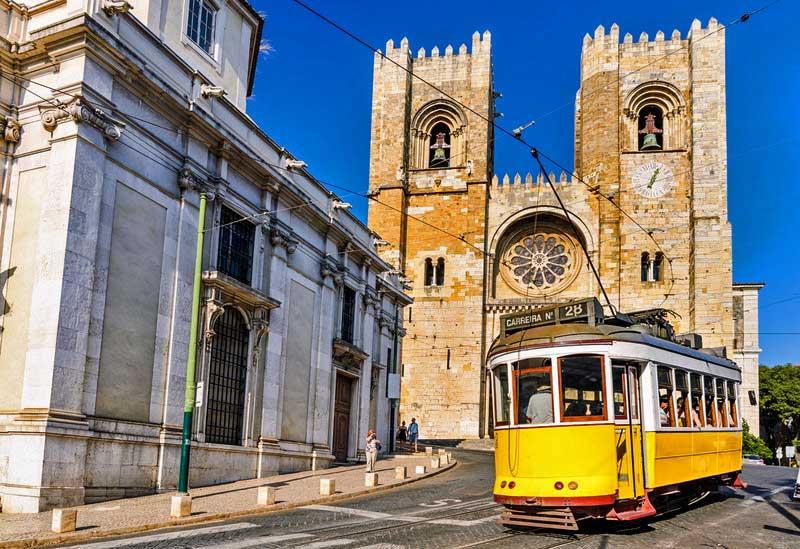
Tram 28, Lisbon Cathedral, © Can Stock Photo / Mapicss
Visit Lisbon – Tram #28
Tram #28 has become a top tourist experience when you visit Lisbon. This small electric tram winds its way up and down the narrow streets of Lisbon. It passes right in front of the Lisbon Cathedral. It also passes by the viewpoint at the Gates to the Sun and the Alfama market. The starting point is Martim Moniz Square (Praça Martim Moniz).
The tram pauses after ascending to Barrio Alto. This is the half way point on its route. You have to take another Tram #28 to complete the circuit back to Martim Moniz Square or take a local bus. A transit day pass is inexpensive and also includes use of the city’s funiculars. You can buy the pass at hotels or in the subway station at Martim Moniz Square. Tram #28, funiculars and museums are included in with a Lisbon Card.
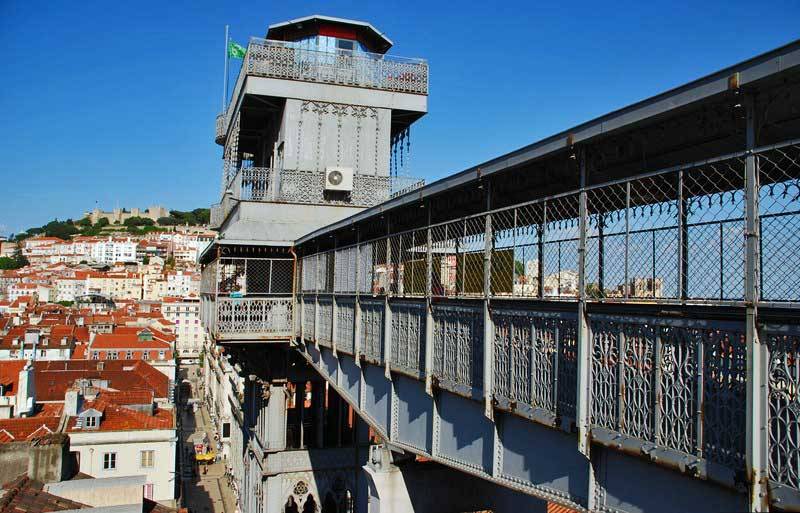
Santa Justa Elevator
Visit Lisbon – Funiculars
Start your funicular touring with the Ascensor do Lavra. It’s a couple blocks from the plaza called Restauradores Square. The Lavra Funicular was built in the 1880s and is the oldest funicular in Lisbon. It ascends from Largo da Anunciada just off Avenida da Liberdade a few blocks north of Rossio Central Station. The Lavra Funicular travels up a short distance to Travessa Forno Torel. Ride it back down again and cross the plaza to the Gloria Funicular.
Ascensor da Gloria is the most popular funicular for tourists in Lisbon. It starts in the Restauradores SQuare beside the Rossio Central Station. The funicular climbs to the Bairro Alto District. At the top, you can visit the viewpoint called Miradouro de São Pedro de Alcântara. Visit the São Roque Church, which includes the Chapel of St. John the Baptist and the Sacred Art Museum. Also nearby is Santa Catarina Church and the Garden of Santa Catarina.
After visiting Bairro Alto on the Gloria Funicular, finish your tour by taking the Santa Justa Elevator back down to Baixa and the old town. It is also called the Elevator of Carmo, because it’s located right beside the ruins of the Carmo Convent. An earthquake in 1755 destroyed the Carmo Convent. The roof has never been rebuilt. The Santa Justa Elevator is more than a hundred years old and is over a hundred feet high.
If you want even more time on funiculars, try the Ascensor da Bica. It takes passengers up to the Barrio Alto District from Rua de Sao Paulo, west of Commerce Plaza. This funicular was built in the 1890s and is also very popular with tourists.

Triumphal Arch, Rua Augusta, Commerce Square
Visit Lisbon – Baixa
Stroll the pedestrian only street called Rua Augusta. This is the heart of the tourist district. The street runs between Commerce Square at the river front to Rossio Square. The town is completely flat here, even though it’s surrounded by high hills. At Commerce Square there is a statue of King José I. The Triumphal Arch marks the beginning of the pedestrian walk. Along the street you can catch views to the Castle of Saint George on the hillside above. It’s a great place to view the sunset.
Just past Rossio Square is the Restauradores Square. The Rossio Central Station, Eden Theatre and the Gloria Funicular are on the square.
Just north of the Baixa area, you will find Fronteira Palace with its glazed tiles. The Calouste Gulbenkian Museum is in the area too. The Center of Modern Art is in the Glubenkian Museum. Along the way, pass under the Lisbon Aqueduct, which was constructed in the 1700s.
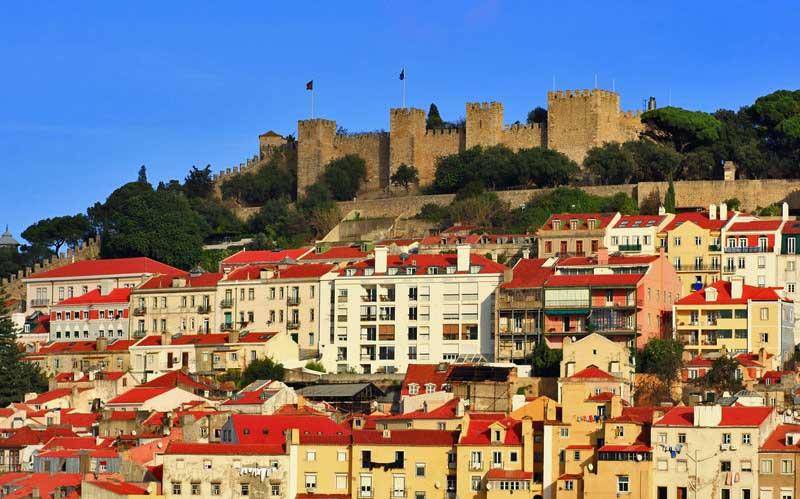
St Seorge’s Castle from Baixa, © Can Stock Photo / RudyT
Visit Lisbon – Hotels
- Dom Pedro Palace
- Altis Grand Hotel
- Hotel Avenida Palace
- Solar Do Castelo
- Hotel Miraparque
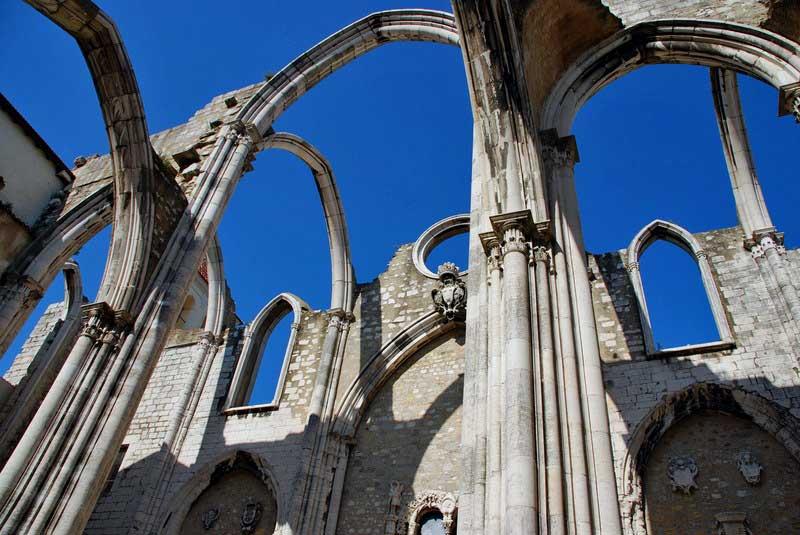
Carmo Convent Earthquake Ruins, © Can Stock Photo / luissantos8
Visit Lisbon – Transportation
Portela International Airport (LIS) is centrally located in the city. The Lisbon Metro provides subway information for tourists at the airport and is a great way to move about the city too. There are also bus, funicular and tram services administered by Companhia de Carris de Ferro. High speed rail by CP links Lisbon with most of the major cities in Portugal via the Santa Apolónia station.
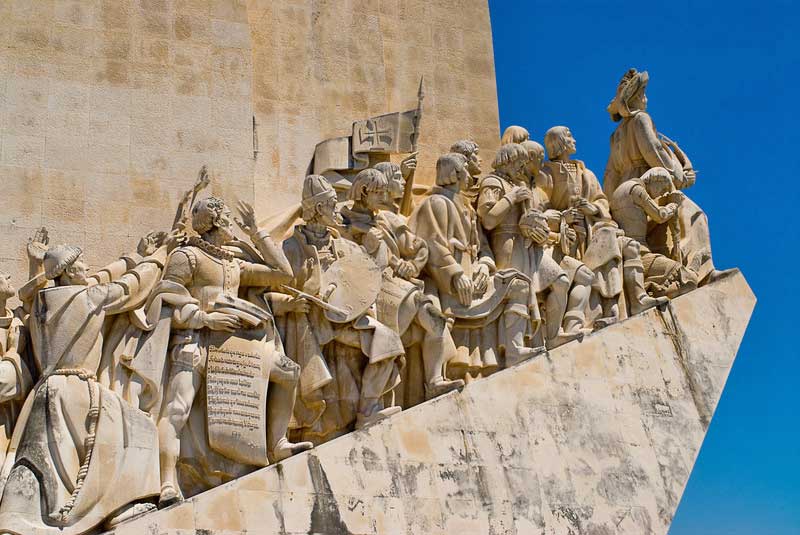
Monument to the Discoveries, © Can Stock Photo / photobunny
Visit Lisbon – Belém District
Belém was the departure port for voyages during the Age of Discovery. Vasco da Gama set sail here. Attractions include:
- Monument to the Discoveries – built in 1960 to honor the 500th anniversary of the death of Henry the Navigator. This monument is one of Lisbon’s best known tourist attractions.
- Belem Tower (Torre de Belém) – built in 1515 to guard the harbor. It’s a very short walk from the Monument to the Discoveries.
- Jerónimos Monastery – overlooking the river and port, this is the resting place of explorer Vasco da Gama. It was built by King Manuel I in 1502 to commemorate Vasco Da Gama’s voyage to India. There are extensive gardens in front of the monastery. The Berardo Collection Museum, the Maritime Museum and the National Archeology Museum are found here too.
- Belem Palace – formerly the royal residence and now used by the President. The gardens of Jardim Afonso de Albuquerque are beside the palace.
- National Coach Museum – one of the top carriage collections in the world.
- Museum of the Orient – near the old cruise terminal.
- Enjoy views of the National Sanctuary of Christ the King and the 25 de Abril Bridge across the River Tagus.
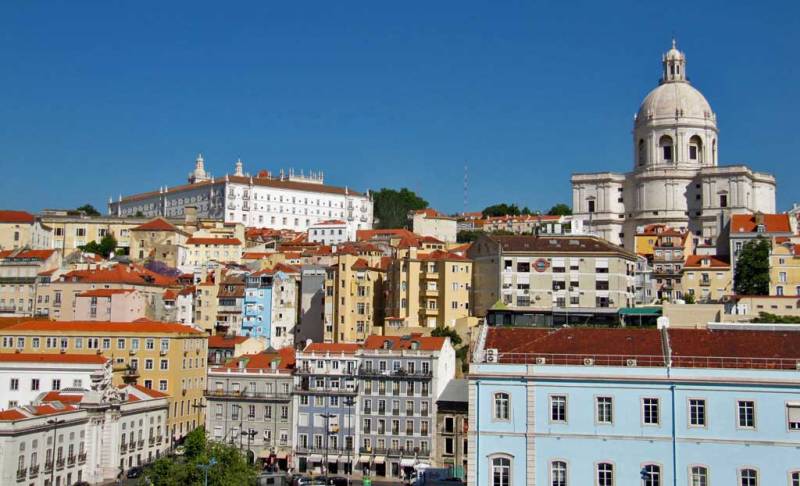
São Vicente Monastery & National Pantheon
Visit Lisbon – Alfama District
Alfama is old town and Moorish quarter with narrow streets and wrought iron balconies decorated with flowers. Tram 28 is a popular way to visit this area. Sights include:
- Cathedral of Lisbon (Sé de Lisboa)
- São Vicente de Fora Monastery for its glazed tiles and views of the National Pantheon, Alfama and the Tagus River.
- St. George’s Castle – medieval Castle of the Moors built on the highest of the city’s seven hills. Ride a clanking Tram #28 (Eléctrico 28) up to the terrace at Miradouro de Graca and enjoy the views. Then walk the narrow streets and cafes up to the castle. Catch a free elevator part way up from Baixa, but be prepared for a steep hike along city streets after that.
- House of Spikes (Casa dos Bicos) – over 1,000 diamond shaped stones on its exterior.
- Tile Museum housed in the former Madre de Dues Convent. This is the best place to see Lisbon’s obsession with glazed tiles.
- Museum of Portuguese Decorative Arts
- Visit a Fado Bar for 19th century Portuguese music
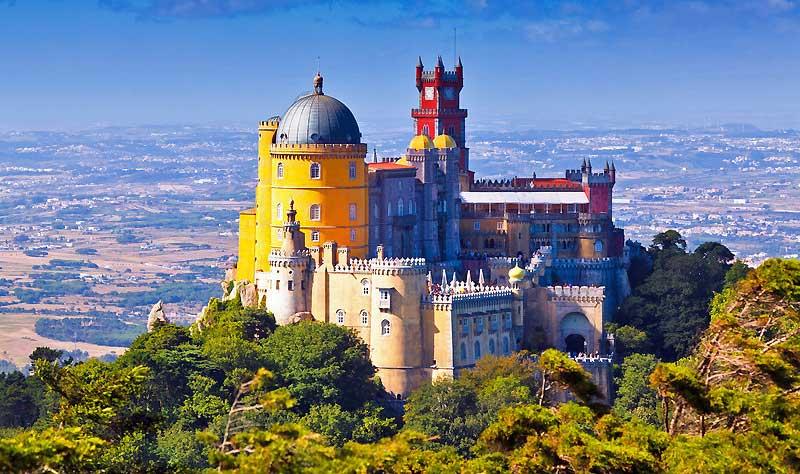
Pena National Palace, Sintra, © Can Stock Photo / interlight
Day Trips from Lisbon
Sintra – Travel 30 minutes west from Lisbon to Sintra. See the caves at Pena Park, Pena National Palace, Sintra National Palace and Queluz National Palace. Travel the longer coastal route between Sintra and Lisbon to visit Roca Cape, Guincho Beach and the beautiful seaside town Cascais.
Fátima – Take a half day tour north of Lisbon to see the Chapel of Apparitions and the Shrine of Our Lady of Fátima (Nossa Senhora do Rosário da Fátima). Add on a few more minutes to reach the coastal fishing village of Nazaré, the town of Óbidos and the Batalha Monastery.
Évora – take a day trip east of Lisbon to the Roman ruins of the Temple of Diana. Enjoy wine tasting in the Alentejo wine region. See the Chapel of Bones, which is completely decorated with human bones.
Lisbon Weather
The summer months are the driest in Lisbon. Average highs then are 26 C (80 F) and lows average 18 C (65 F). November to February are the rainy months. In winter the average highs are 15 C (60 F) and you can expect average lows of 10 C (50 F). May and September are probably the best months to plan a visit as far as weather is concerned.
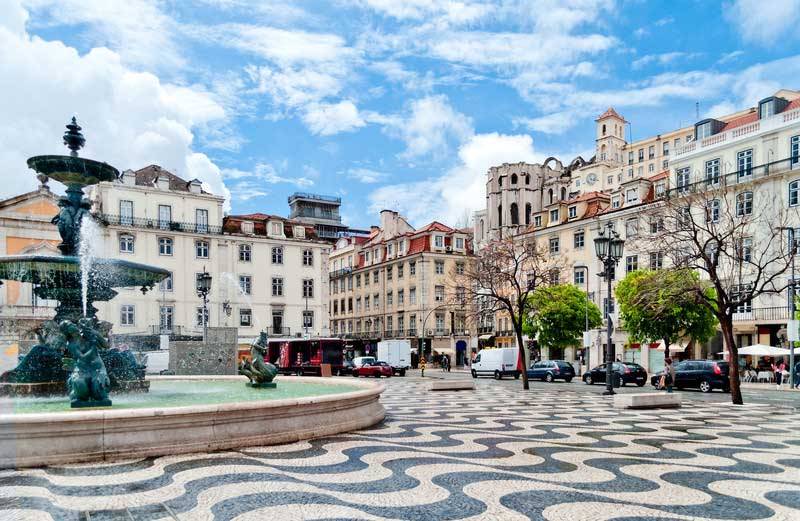
Rossio Square, Baixa, © Can Stock Photo / wastesoul
Savor the Tastes of Lisbon
- Port wine – produced exclusively in the Douro Valley of Portugal. This is what “Port”ugal is all about.
- Seafood is very popular in Lisbon. Wander off the main pedestrian street to find local dining. Try whole sardines, whole octopus, pork & clams or Bacalhau – the national dish of salt cod.
- Pastéis de Nata – flaky custard tart. Try Pasteis de Belem. You will find pastry shops still open in the early evening in Lisbon.
- Bica – Portuguese espresso.
- Ginja – Portuguese liquor.
- Queijo da Serra – yellow sheep cheese.
Visit Lisbon – Background
Lisbon is on the Tagus River where it meets the Atlantic. More than three million people live here. It’s the largest city and capital of Portugal. Lisbon is a fairly wealthy city and is among the most popular tourist destinations in Europe. It is also one of the oldest cities in Europe. The Romans, Germanic tribes, Moors and Crusaders all had a presence. Significant earthquakes have destroyed some of the architecture from 1500s, when Portugal was one of the most powerful nations in the world. Lisbon is known as the Cidade Branca, the White City. Glazed tile is one of its architectural trademarks. You often see the use of glazed tiles in public squares. Seven hills shape the city into steep narrow roads accessed by distinctive small electric trams, funiculars and public elevators.


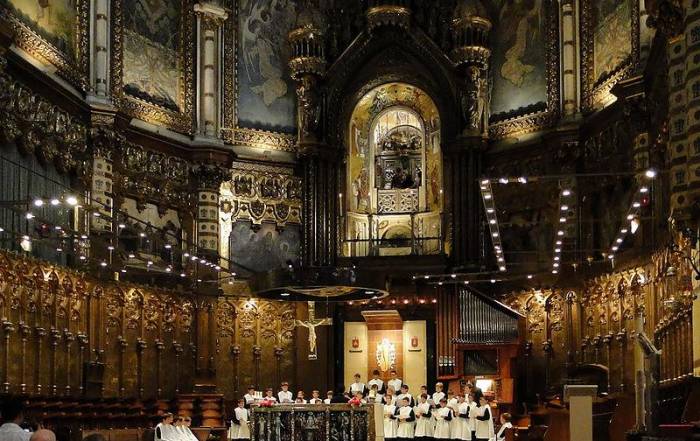
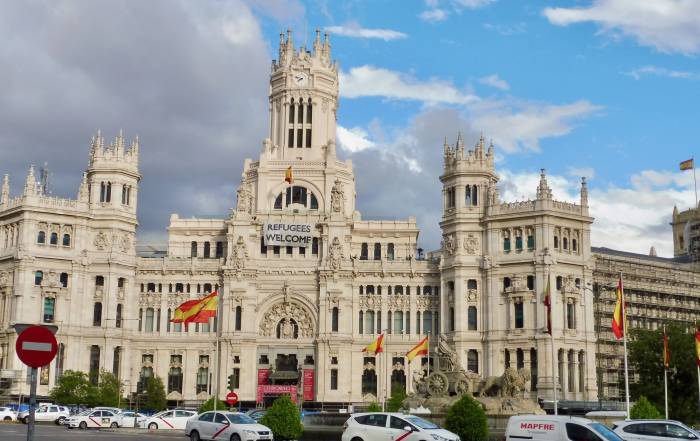
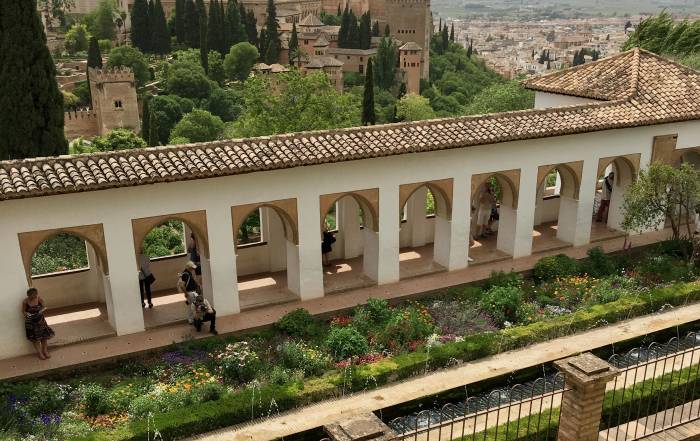
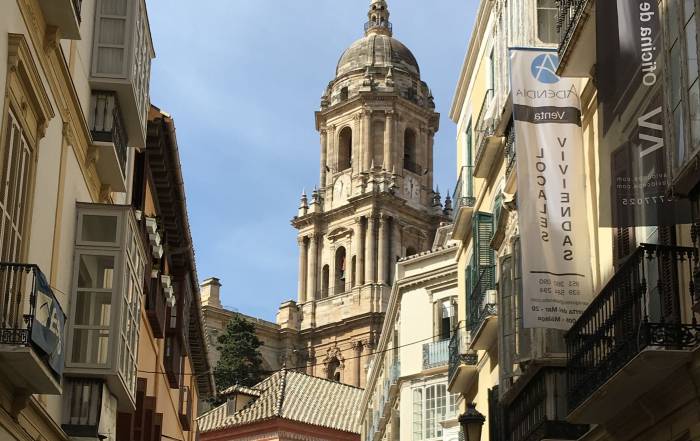
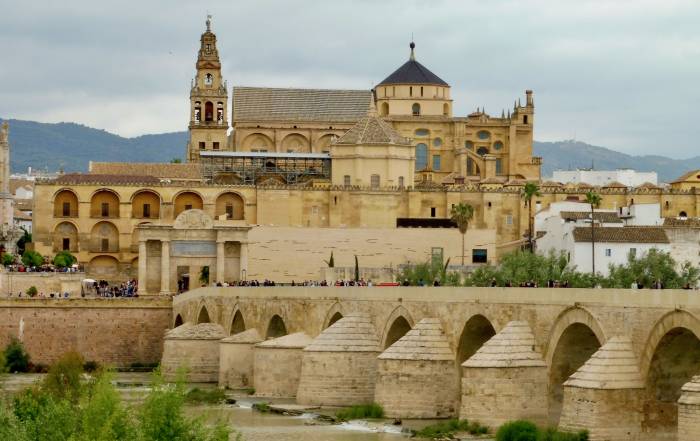
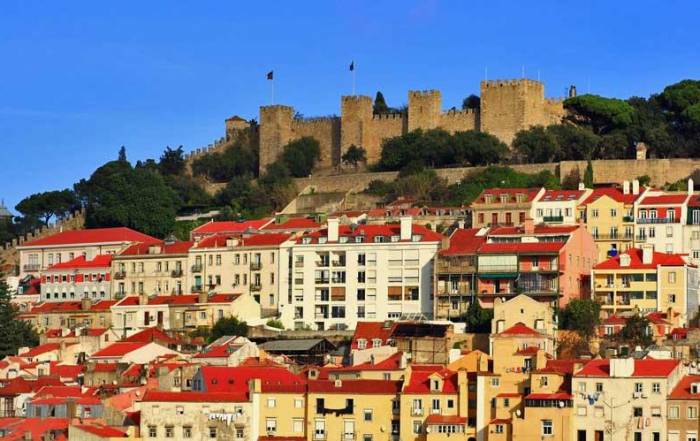
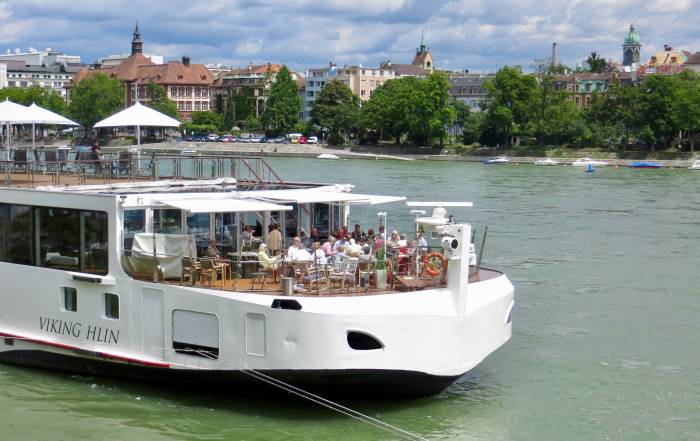
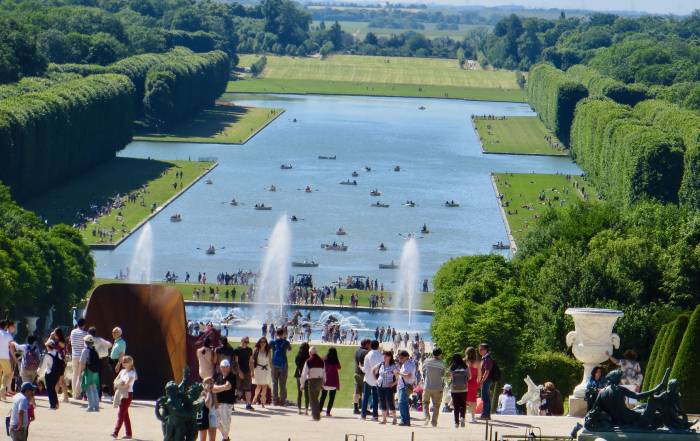
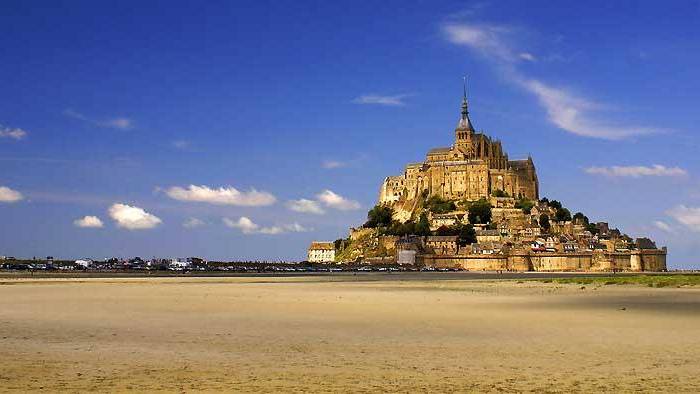
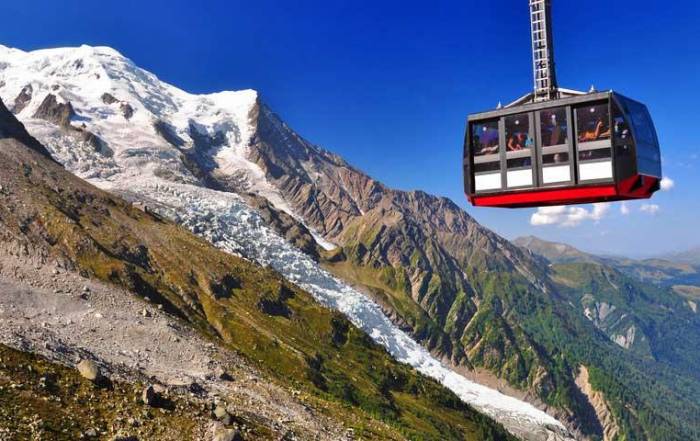
Leave A Comment